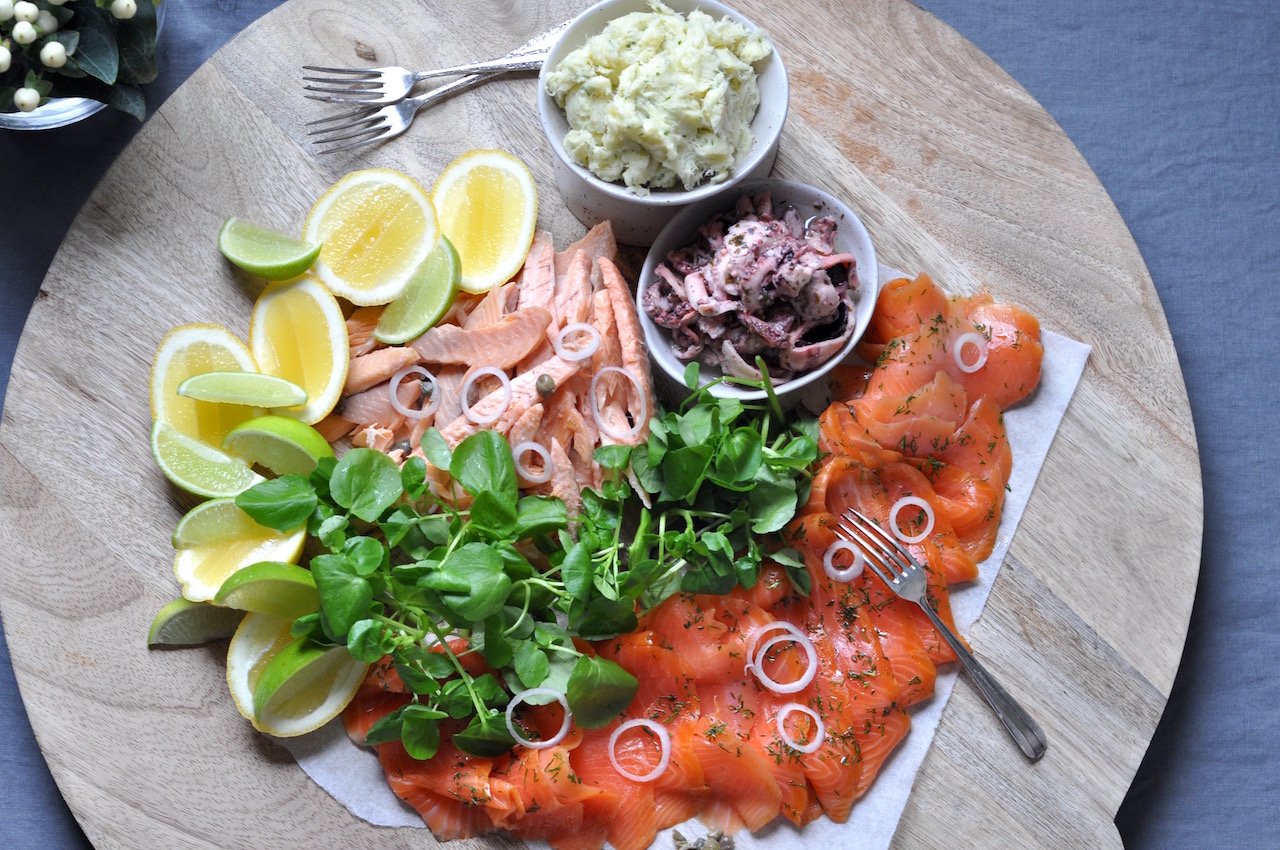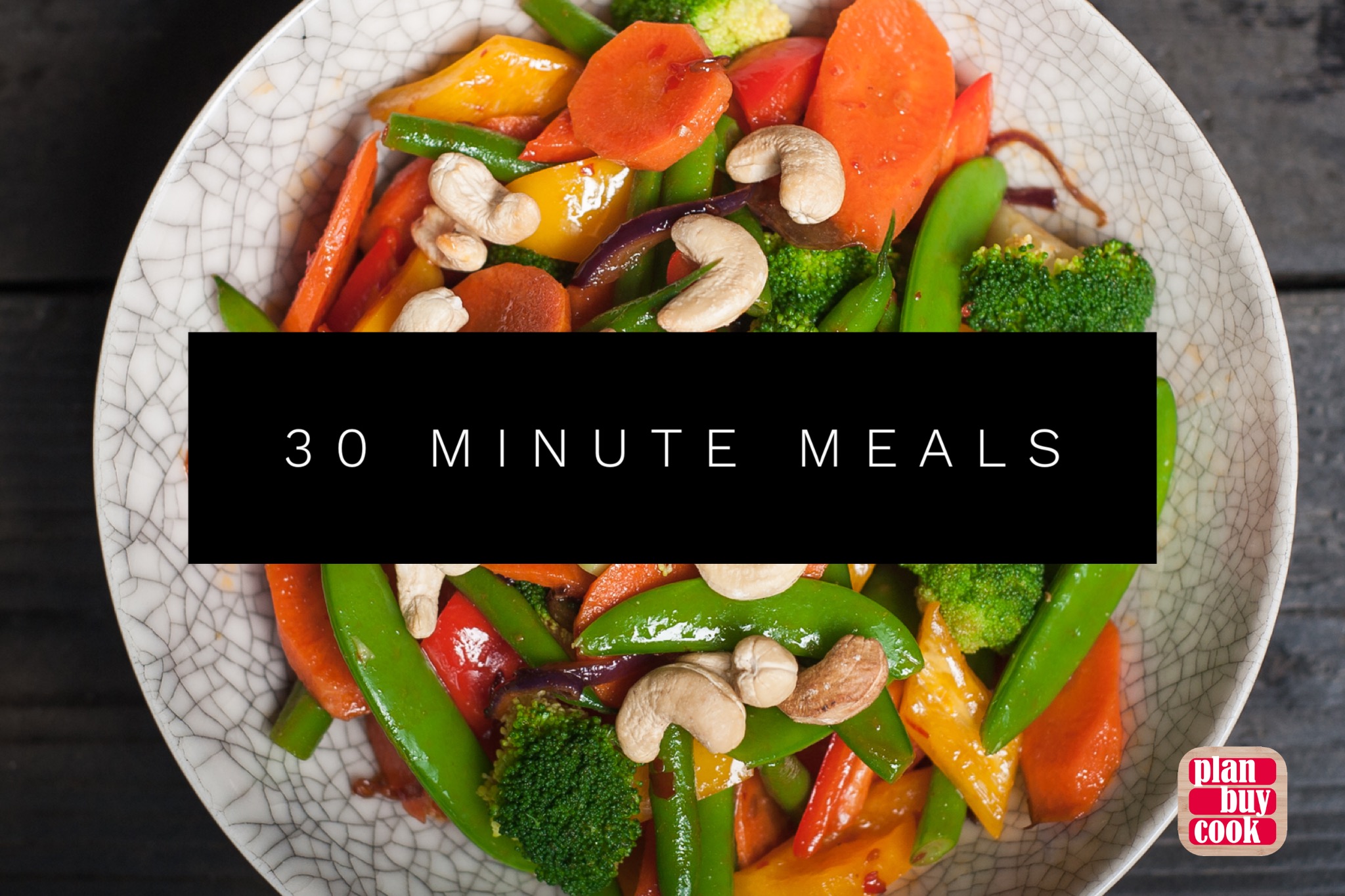The joy of having kids compliment your food and eat everything on the plate is never an everyday experience. Weirdly, many families have kids who will eat everything and kids who fuss over their food. Having a fussy eater in the house can be a source of real tension. You have gone to the trouble of preparing a great, tasty meal only to have your fussy eater refuse to eat it. So how can you turn this around or avoid it in the first place? Here we outline our top tips to make every eater love their food, and some to get your fussy eater back to the family table.
10 TIPS FOR CREATING FUSS-FREE EATERS
Rule # 1: Offer the same meal to kids and adults
Cooking two (or more!) meals each night is quite literally a recipe for disaster with breaking fussy eating habits. It creates additional work for you and leads to a fair bit of resentment. Offer the one meal to the whole family. If you want to spice up the meal for adults or less fussy eaters, use dried chilli flakes (for example) added at the table to give more flavour if needed.
Rule #2: Sit down at the table to eat
It is important to establish good dining habits early. Always make dinner time at the table, rather than on your lap or wandering around the house. It is also important to be free from the distraction of devices or the television while dinner is served. Often children are not processing that they have eaten when they are doing something else at the same time as eating, and then ask for more food not long after finishing dinner. If you can, make it a good time for the family to eat together and catch up on the day.
Rule #3: Don’t force kids to finish what is on the plate
The important part of eating is for kids to always try new foods. They don’t have to like it, but they do have to try it. By forcing them to finish a plate of food they may not like, they are more likely to reject that food when offered again. Praise kids for trying new foods, regardless of whether they eat all the food on their plate.
Rule #4: No juice before dinner
Juice can be really filling and sweet, and often kids won’t feel hungry after drinking it. When they are full, they are less likely to try new foods. Keep drink options to water and milk with dinner.
Rule #5: Offer veggies in the middle of the table
Vegetables are one of the biggest challenges for fussy eaters. Trying to get children to eat five serves a day of vegetables is almost impossible even without a fussy eater. If you offer vegetables in the middle of the table, kids are able to serve onto their plate themselves in the quantities they are comfortable with. You should keep trying to offer vegetables even if they have previously rejected them, as it can take 10+ times of trying the vegetables before they will happily eat them.
Rule #6: Have vegetables already cut up in the fridge
This is particularly important on school holidays or after school, as vegetables with a dip are a great healthy option and stop them reaching for sugary foods. If they are already cut up in easy-to-eat portions, they are an attractive snack option for kids. It also makes it easy to put them in lunch boxes in the morning.
Rule #7: Serve veggies before the dinner if kids are hungry
Jen is a big advocate of cooking the vegetables for dinner early and serving them as a snack when the hunger pangs kick in around the 5pm mark. This way it doesn’t matter whether they eat vegetables at dinner as they have already had enough as a pre-dinner snack. Remember that tinned three-bean mix or tinned legumes such as chick peas count as a serve of vegetables. They make great snacks for hungry kids.
Rule #8: Get the kids involved in meal planning
You are less likely to field daily complaints or food rejection if children have had a choice about one or more meals during the week. Start with a list of home-cooked ‘safe’ dinners you know they will eat and also other ‘stretch’ options, and get them to choose a few meals to add to your meal plan for the week.
Rule # 9: Try and incorporate a few veggie serves into the lunch box
Easy-to-eat vegetables such as cherry tomatoes, corn on the cob, cucumber or carrot sticks and leftover roasted vegetables are great for the lunch box. If you can get a start on a veggie serve or two at lunch you have more hope of making it to the end of the day with five serves done and dusted. If your child likes to play sport, the easier the food is to hold and less messy, the more likely it is to be consumed. Try things like grated carrot with hummus in wraps or sandwiches if they feel confronted by raw vegetables in their lunch box.
Rule #10: Try and avoid food association
It is easy to create food habits through association, such as the swimming pool and hot chips, football and sweet drinks, movies and popcorn and ice cream. It doesn’t take too many repeats to form a food habit. Mix it up, bring your own healthy snacks to these occasions to eliminate the expectation that they will always have that food. For example, food shouldn’t always be the go-to reward for activities such as exercise. Think about non-food rewards like experiences or books or simply time with you rather than always making food the incentive.
For a great range of family-friendly recipes that even the most fussy eater will approve of, check out the PlanBuyCook meal planning app, available for iPhone and iPad.














 Fried vermicelli noodles
Fried vermicelli noodles
Leave a Reply